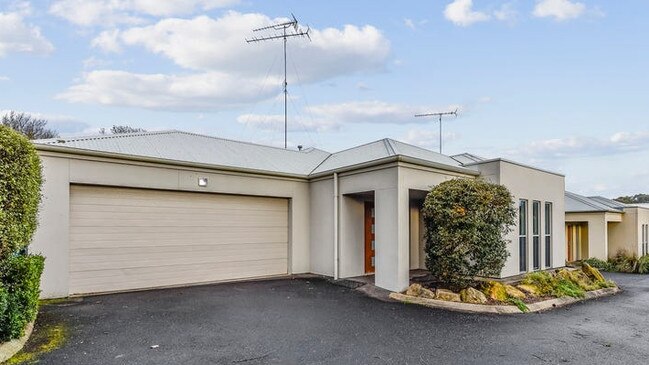South East will need to double the number of rentals to meet increasing demand
As vacancy rates hit record lows, rent prices will continue to increase in the South East with pressure on current stock unlikely to ease for at least 12 months.

Mount Gambier
Don't miss out on the headlines from Mount Gambier. Followed categories will be added to My News.
Renters will continue to face an uphill battle for at least 18 months with the number of available properties needing to double in order to meet demand.
The South East has been severely affected by the rental crisis gripping Australia with the current vacancy rate sitting at just 0.74 per cent — significantly lower than the national average of 1.6 per cent.
Across regional South Australia the number of listed rentals dropped by 2.8 per cent, and though the South East bucked the trend with an slight increase, demand for that increased stock has continues to grow.

PropTrack economist Cameron Kusher said people who had fled to the regions during the pandemic were returning back to the big cities.
“The growth and tightness in the rental market appears to be shifting from regional areas back to the capital cities,” he said.
However, according to the figures and REA Group Economist Angus Moore this “tightness” would continue to be felt in the South East.
Demand for rentals in the South East increased by 4.2 per cent compared to 1.6 per cent drop experienced across regional South Australia.

“The South East is even tighter than regional South Australia,” Mr Moore said.
“To get back to where we were pre-pandemic, you’d need to see total rental listings double.
“Vacancy rates are extremely low and are likely to remain so for a while.”
Mr Moore said competition would remain “tight” for at least 12-18 months, while rents would continue to climb.
“We are starting to see more investors come back into the market which will start to add rental stock — it’ll be a slow process,” Mr Moore said.
A shift in trends has also led to a decrease in available stock, Mr Moore said.
“We’ve seen renter households get a bit smaller over the past few years, so people have found living in share houses less attractive,” he said.
“What that means is that for any given number of renters you need more rentals.”





